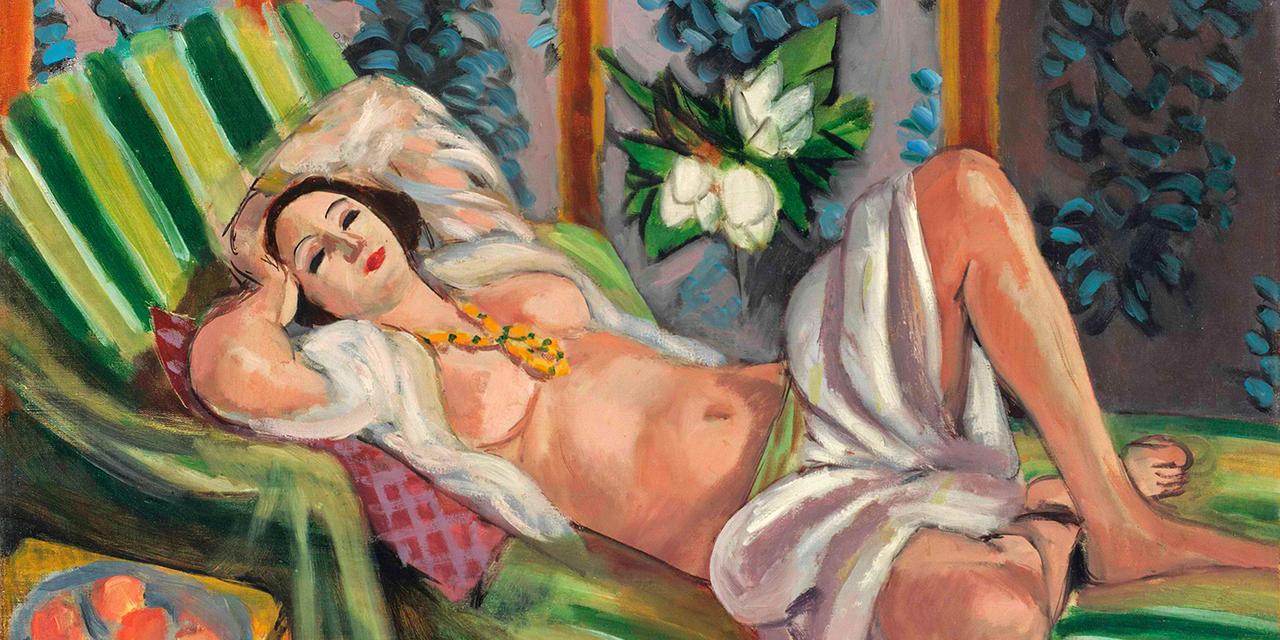


Henri Matisse and his heirs: The end of a financial windfall
NewsSince Henri Matisse's death in 1954, four generations of his family have guarded his vast body of work jealously and with the utmost discretion. But when the painter's work entered the public domain in January, it ended the lucrative reproduction rights the heirs had enjoyed, as well as their oversight of everything concerning their ancestor.
André Chastel did not hold back his praise for him, and 70 years later, it's hard to disagree. In the obituary he devoted to Henri Matisse, published in Le Monde after the painter's death on November 3, 1954, in Nice, the art historian and contributor to the newspaper was not afraid of superlatives. The "master of Vence," who had just passed away at the age of 84, was, he wrote, a "revolutionary [who possessed] the discipline, restraint and calculation of a classicist, and the genius of sacrifice." "No one has managed, like Matisse, to distill the painted work, be it figure or landscape, down to its essence," he added. He concluded: "The death of Matisse marks the end of a long reign during which so much happened that today he has neither convinced adversaries nor legitimate heirs remaining."
He did, however, have "legitimate heirs" in the literal sense. The same obituary specified: "The painter's two sons, Jean, a sculptor in Paris, and Pierre, owner of an art gallery in New York, are expected to arrive in Nice by plane today." The article did not mention Marguerite, who was born a few years before her brothers from a union outside of marriage with Caroline Joblaud, one of the painter's models.
For 70 years, Matisse's descendants have overseen the sprawling body of work created by the artist who, from his beginnings in 1890 until his final days, experimented with everything: colors, forms and materials. Marguerite had one child, Claude. Her brother Jean also had only one son, Gérard. The art dealer Pierre had three children, including Jacqueline (later Monnier), who went on to have four of her own, and Paul, who would have seven. And the family kept growing. So much so that, since the time of the patriarch, the dynasty has seen four generations of heirs, and today there are about 20 of them, divided between France and the United States.
You have 90.73% of this article left to read. The rest is for subscribers only.
